Turnips Are Cracking: What Causes Turnips To Crack Or Rot
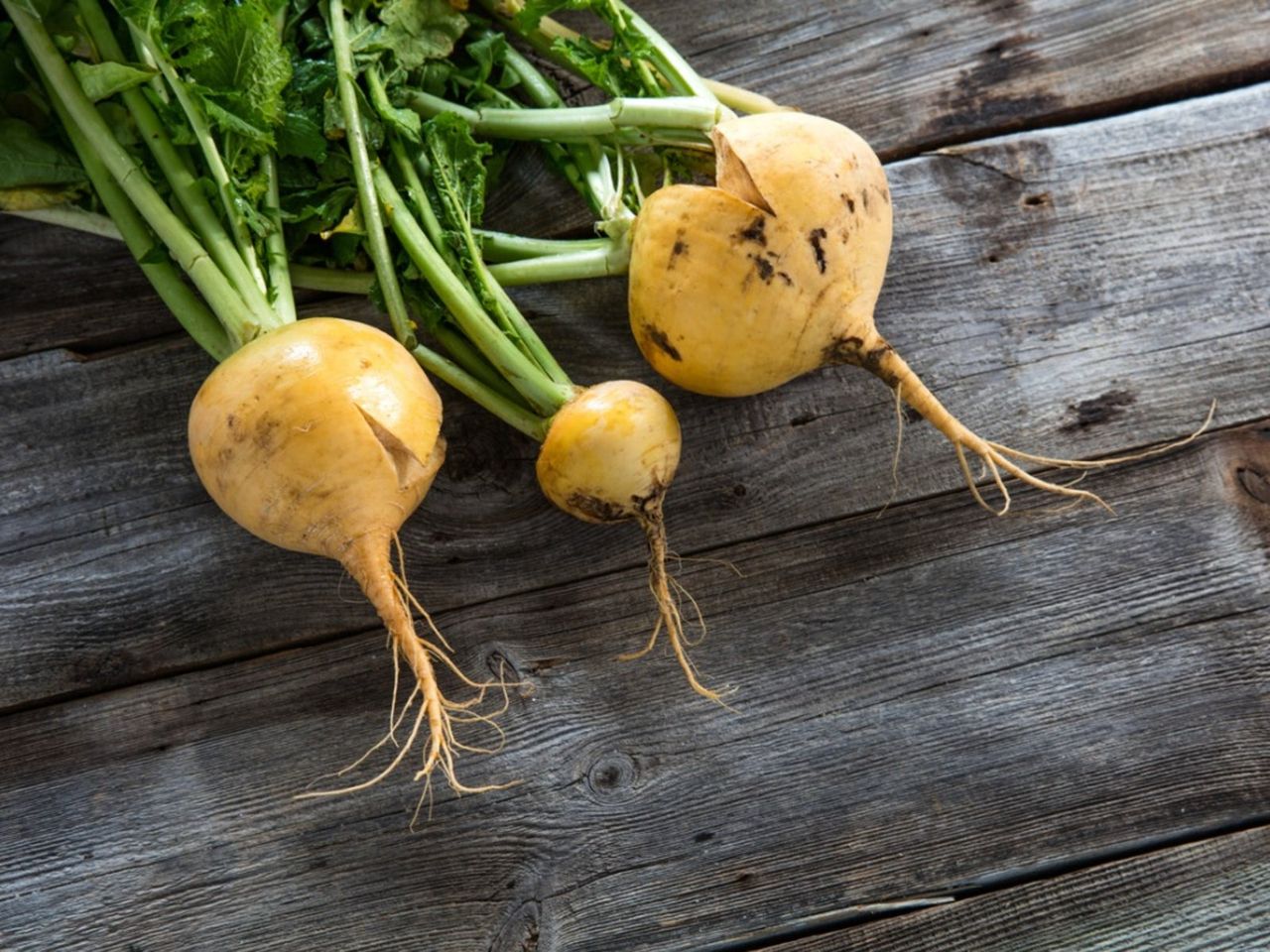
Turnips are cool season vegetables grown for both their roots and for their nutrient rich green tops. Unblemished medium sized turnips are of the best quality, but sometimes you may see cracked roots on your turnips or rotten turnip roots. What causes turnips to crack and how can you fix turnip cracking?
What Causes Turnips to Crack?
Turnips prefer full sun exposure in fertile, deep, well drained soils. Turnips are started from seed two to three weeks before the last frost of the season. Soil temps should be at least 40 degrees F. (4 C.). Seeds will germinate best at 60 to 85 degrees F. (15-29 C.) and will take seven to ten days. If your soil is a heavy clay, it's best to amend it with plenty of organic matter, 2 to 4 inches (5-10 cm.) and a dose of all-purpose fertilizer prior to planting; 2 to 4 cups (.5-1 L.) of 16-16-8 or 10-10-10 per 100 square feet (9.29 sq. m.) worked into the upper 6 inches (15 cm.) of soil. Sow seeds ¼ to ½ inch (6-13 mm.) deep in rows 18 inches (46 cm.) apart. Thin the seedlings 3 to 6 inches (8-15 cm.) apart. So what causes cracked roots on turnips? Temperatures of over 85 degrees F. (29 C.) can affect turnips, yet they tolerate low temperatures quite well. Regular irrigation is a must for the most palatable turnip growth. A drip system would be ideal and mulching around the plants will also aid in moisture conservation. Turnip plants will need 1 to 2 inches (2.5-5 cm.) per week depending upon the weather, of course. Inadequate or irregular irrigation is the most likely reason when turnips are cracking. The stress will affect growth, decrease quality, and make for a bitter flavored root. Regular watering is paramount, especially during high summer temps, to prevent cracked roots on turnip, as well as pithiness and bitter flavor. Turnips also tend to crack when a heavy downpour follows a dry period. Balanced fertility is also a factor regarding the splitting of turnip roots. Feed the plants ¼ cup (50 g.) per 10 feet (3 m.) of row with a nitrogen based fertilizer (21-0-0) six weeks after the seedlings first emerge. Sprinkle the fertilizer around the base of the plants and water it in to encourage rapid plant growth. So there you have it. How to fix turnip cracking couldn't be easier. Simply avoid water or fertilizer stress. Mulch to cool the soil, conserve water, and control weeds and you should have crack free turnip roots about two to three weeks after the first fall frost.
Gardening tips, videos, info and more delivered right to your inbox!
Sign up for the Gardening Know How newsletter today and receive a free copy of our e-book "How to Grow Delicious Tomatoes".

Amy Grant has been gardening for 30 years and writing for 15. A professional chef and caterer, Amy's area of expertise is culinary gardening.
-
 Best Indeterminate Tomatoes: Flavor-Packed Varieties For Fresh Harvests All Summer Long
Best Indeterminate Tomatoes: Flavor-Packed Varieties For Fresh Harvests All Summer LongIndeterminate tomatoes are vining varieties that fruit all season. Discover their distinctive features and how to choose the best type to grow in your garden.
By Bonnie L. Grant
-
 The Dangers Of AI For Gardening – How To Know What’s Real When It Comes To Your Garden
The Dangers Of AI For Gardening – How To Know What’s Real When It Comes To Your GardenThings aren’t always what they seem when it comes to using AI for gardening. Be discerning when relying on AI for accuracy, and take the time to do research.
By Teo Spengler
-
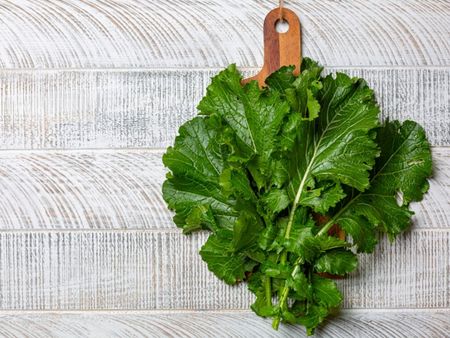 Tips For Cooking Turnip Greens From The Garden
Tips For Cooking Turnip Greens From The GardenTurnip greens are nutritious and tasty. Click to learn more about how to grow, prepare and store them.
By Amy Grant
-
 Growing Hakurei Turnips In The Home Garden
Growing Hakurei Turnips In The Home GardenRead about how to grow, harvest and prepare Japanese salad turnips.
By Bonnie L. Grant
-
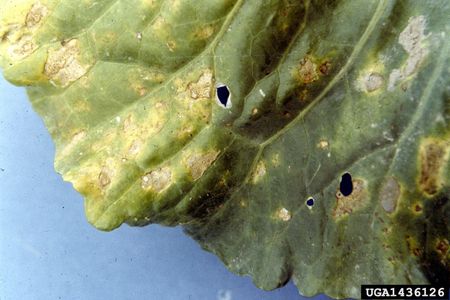 Turnip Downy Mildew Control – Treating Turnips With Downy Mildew
Turnip Downy Mildew Control – Treating Turnips With Downy MildewIf your garden includes turnips or other members of the brassica plant group, you should learn how to recognize downy mildew. Click on the following article for information about this fungal disease, including tips for treating turnip downy mildew.
By Teo Spengler
-
Turnip Bacterial Leaf Spot: Learn About Bacterial Leaf Spot Of Turnip Crops
Turnips with bacterial leaf spot will diminish plant health but will not usually kill it. There are several preventative techniques and treatments if spots on turnip foliage turn up. If you’re looking for more information, then this article will help.
By Bonnie L. Grant
-
What Is Turnip Black Rot – Learn About Black Rot Of Turnips
Black rot of turnips is a serious disease of not only turnips, but most other crucifer crops as well. What exactly is turnip black rot? Because the disease afflicts so many crops, it is important to learn about control. This article aims to help with that.
By Amy Grant
-
 Alternaria Leaf Spot Of Turnip – Treating Turnips With Alternaria Leaf Spot
Alternaria Leaf Spot Of Turnip – Treating Turnips With Alternaria Leaf SpotIf left untreated, alternaria leaf spot of turnips can cause a significant decrease in yield and loss of quality. Getting rid of alternaria leaf spot of turnip isn't always possible, but you can take steps to keep the disease in check. Click this article to learn more.
By Mary H. Dyer
-
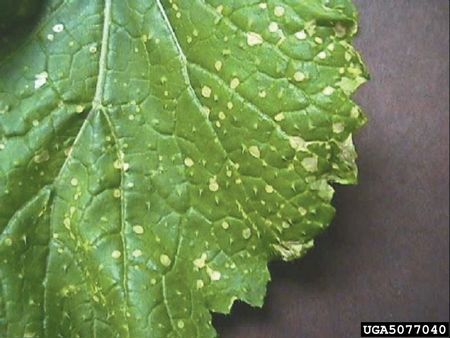 Turnip White Spot Info : What Causes White Spots On Turnip Leaves
Turnip White Spot Info : What Causes White Spots On Turnip LeavesIt is not uncommon to find white spots on turnip leaves. White spot of turnips causes economic damage where turnips are just grown for their greens. Learn how to prevent turnip white spot and save those healthy greens in this article.
By Bonnie L. Grant
-
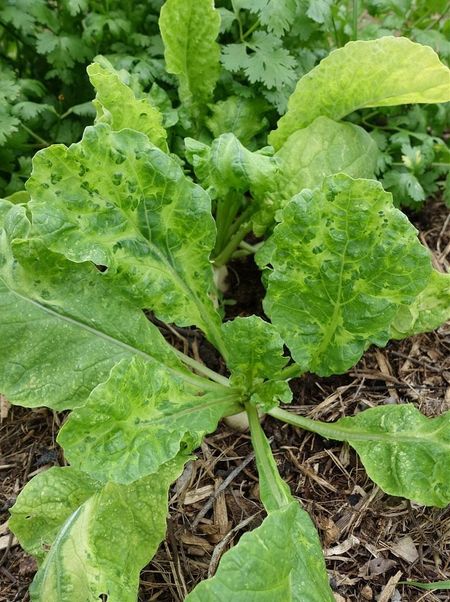 Turnip Mosaic Virus – Learn About Mosaic Virus Of Turnips
Turnip Mosaic Virus – Learn About Mosaic Virus Of TurnipsMosaic virus in turnips is considered to be one of the most widespread and detrimental virus infecting the crop. How is mosaic virus of turnip transmitted? What are the symptoms of turnips with mosaic virus and how can turnip mosaic virus be controlled? Find out here.
By Amy Grant
